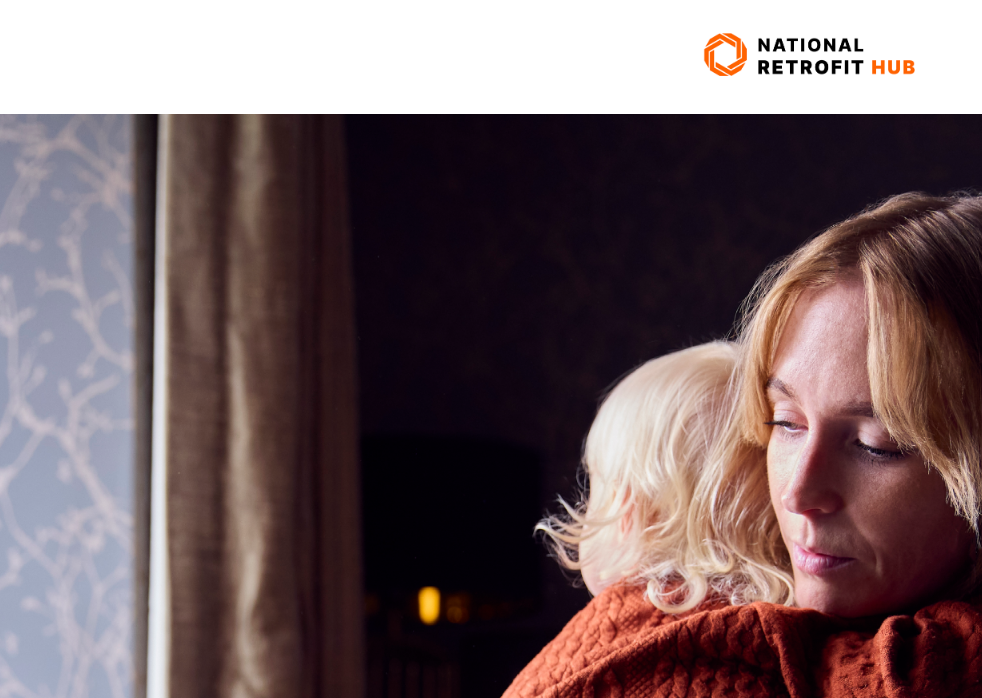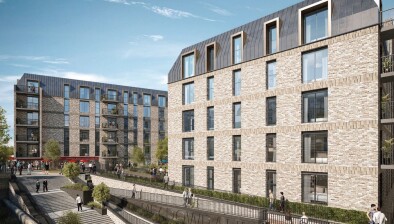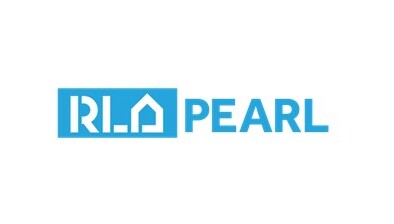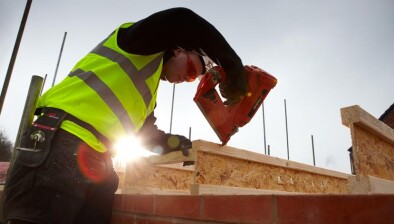UK: New report sets out pathways to improve health and housing outcomes in PRS

A new report has been published that explores how proposed changes to housing regulations, including updates to Minimum Energy Efficiency Standards (MEES), can deliver housing equity, quality, affordability, and resilience in the private rented sector throughout England and Wales.
Improving Health and Housing Outcomes in the Private Rental Sector from the National Retrofit Hub, supported by Impact on Urban Health, comes at a critical moment. The Renters Rights Bill, due to come into force later this year, alongside Awaab’s Law and proposed EPC reforms, will reshape the private rental sector.
According to the report, MEES has the potential to be a cornerstone of this transformation, but only if policy, funding, enforcement, and tenant protections work in tandem.
“MEES must be more than a target on paper,” said Rachael Owens, co-director at the National Retrofit Hub. “We’ve seen too many well-intentioned reforms falter because the systems around them weren’t strong enough. This is a chance to get it right by creating housing policy that is enforceable, fair, and properly supported. If we miss it, we risk deepening housing inequality and undermining trust in the UK’s net zero transition.”
The report argues that the UK cannot afford the human or financial cost of failing to implement and enforce stronger Minimum Energy Efficiency Standards.
It highlights the fact that 1 in 10 private rented homes currently has a Category 1 health hazard, meaning occupants are likely to need medical assistance within a year because of the conditions they live in, while 9% of private rented homes have problems with damp, often made worse by high energy costs and underheating. More than 1 in 5 private renters live in fuel poverty, it adds.
Poor-quality homes also create risks for landlords, including higher maintenance costs and the growing risk of uninsurability as climate change increases exposure to flooding, droughts and subsidence.
The report identifies five conditions that must be met if MEES is to deliver meaningful change:
- Rental affordability and security
- Better treatment of, and support for, tenants
- Effective housing standards enforcement and high levels of compliance
- High-quality work and effective redress routes
- Stable housing supply, across tenures
For each, it sets out:
- Context: The current state, including the existing issues and what risks will be created through poor regulation implementation.
- Progress: Existing and emerging policy protections and how components of the existing system help to achieve the outcomes we need to see.
- Recommendations: A set of solution pathways that should be implemented to ensure that the outcomes we need to see are delivered.
These include fairer financial models to prevent rent increases, guidance to limit disruption for tenants, stronger enforcement capacity for councils, outcomes monitoring embedded in legislation, and measures to support stable and affordable housing supply.
“Cold, damp homes are making renters ill, but the burden is not felt equally, with low-income and minoritised residents living with the worst housing conditions,” said Robin Minchom, portfolio manager, Impact on Urban Health. “MEES could have a transformative effect on the quality of privately rented homes and deliver significant health benefits. But it will only realise that potential if it has sufficient tenant protections, robust enforcement mechanisms and equitable funding.”








